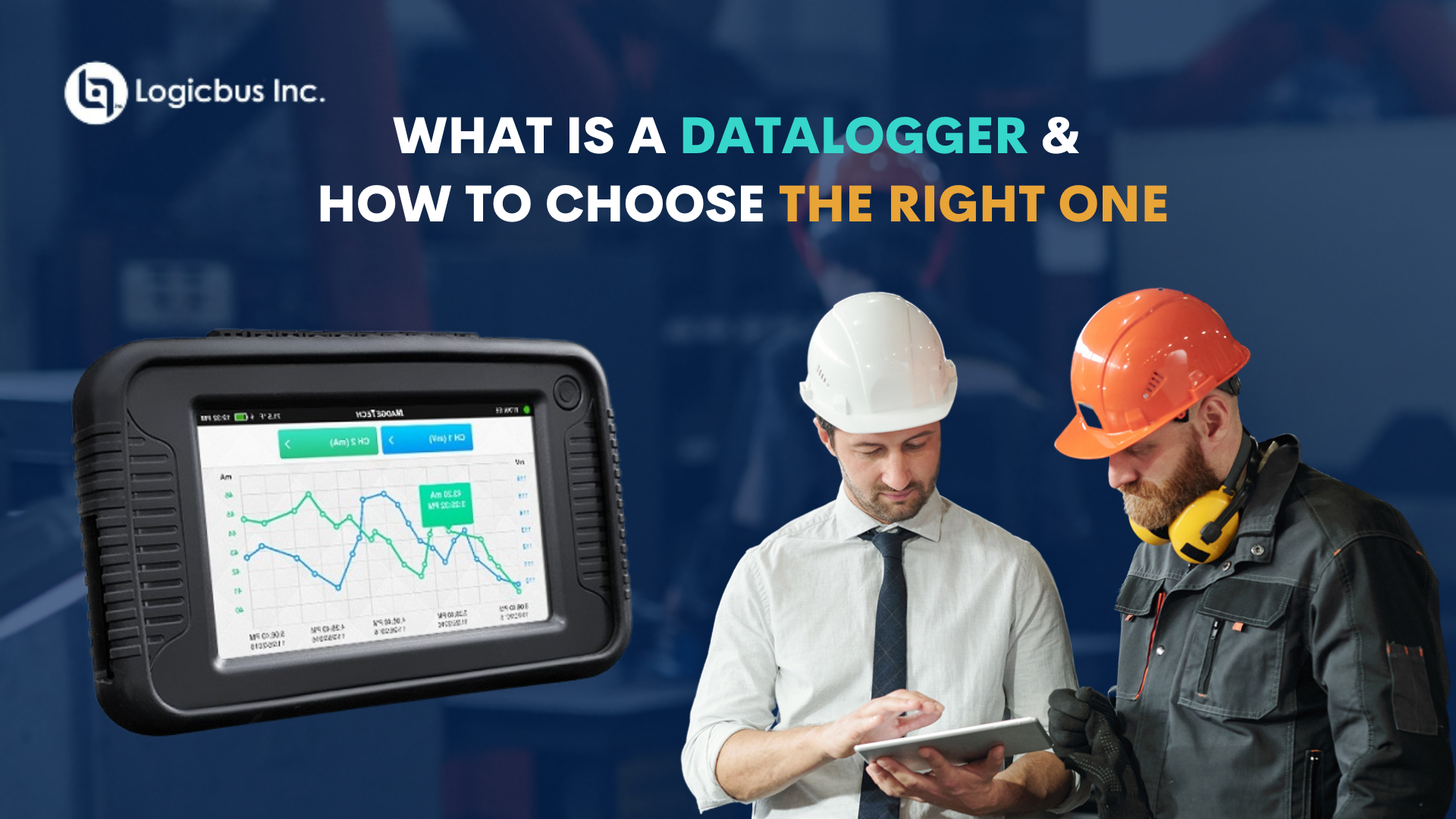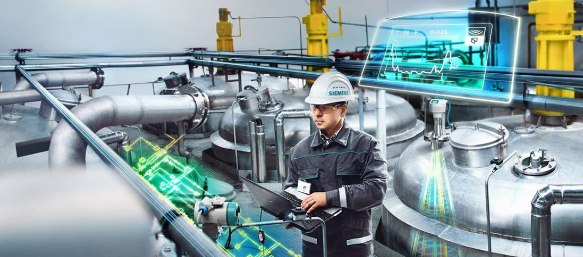So you’ve been told data loggers can help you out, but you don’t quite know what a data logger actually is. No worries, what seems like an intimidating task can be simplified depending on your needs.
Let’s start with a definition of a data logger, which is an electronic device that records data over time via internal sensors or external sensors and probes. The small, battery-powered devices measure and record a multitude of physical parameters including temperature, humidity, pressure and much, much more.
In a nutshell, a data logger is a simple, automated solution to your monitoring needs, helping to ensure specified limitations are met, without the hassle of continuously having to check on it yourself.
3 Steps to Help You Choose the Right Data Logger
Step 1: What do you need to monitor?
You’re probably racking your brain wondering where to even begin choosing the right data logger for the job. First thing first, what do you need to measure?
Here are some examples:
- Temperature
- Humidity
- Pressure
- CO₂
- Shock
- Current
- Water level
Keep in mind, there are bound to be numerous data logging options to consider, no matter the industry. However, as we work through determining your specifications those options will dwindle down.
Step 2: Where will the data logger be located?
Now you know what you need to measure, where will the data logger be deployed? Do you need to monitor cooking cycles, products during transport or the harsh conditions of an industrial site?
Depending on where the data logger will be placed, you will want to check the specifications of the device to make sure it’s built to withstand the environment in which it will be operating in.
If it will be exposed to the elements of the outdoors, make sure it’s waterproof. If it will be exposed to high temperature cooking processes, make sure it can endure the heat.
Step 3: When do you need the data?
Let’s narrow down your options even further. Will you need data instantaneously or is time on your side? This question will help you identify whether you need a wireless data logger or a standalone data logger.
Standalone data loggers are for those without the need for the data right away. Many can be set up to take readings in intervals for months at a time. When the job is done, the data logger is retrieved and the data can be downloaded directly on a computer.
Although they can be used for many applications, some common uses of standalone data loggers are for monitor cooking and sterilization cycles, as well as long-term research and development studies.
For those who need their data immediately, wireless data loggers are the way to go. Similar to a thermostat, these data loggers not only display real-time data, but the data is also sent directly to your PC without having to download it!
Wireless data loggers are ideal for around-the-clock monitoring, ensuring a deviation can be quickly corrected. Depending on the manufacturer, some wireless data logging systems are customizable, allowing the user to set alarms and send notifications if specified thresholds are breached.
If you are working on any application that we can help you with or have any questions, please let us know. We offer free technical support to help you choose the best equipment for your application.
Visit our website:
www.logicbus.com




sales@logicbus.com | support@logicbus.com | +1 619 616 7350 | Start conversation




